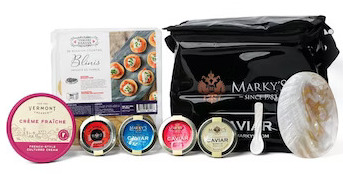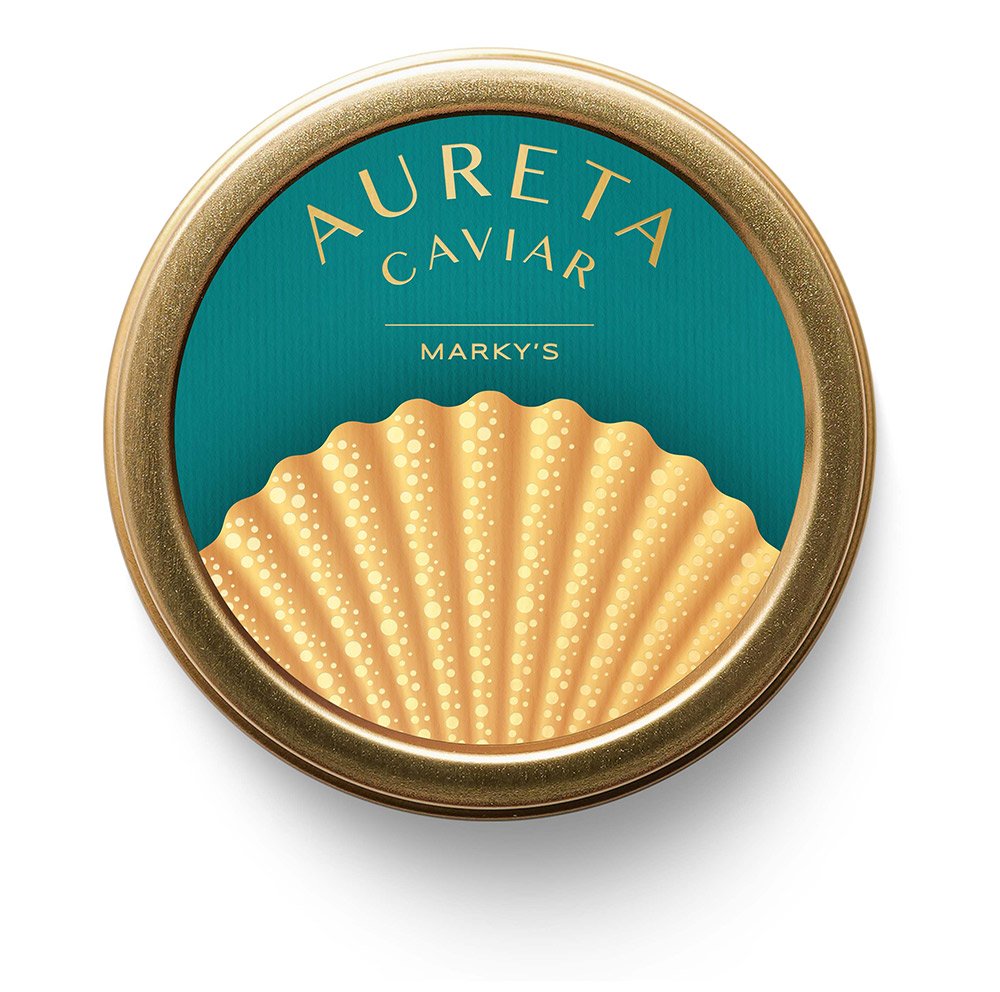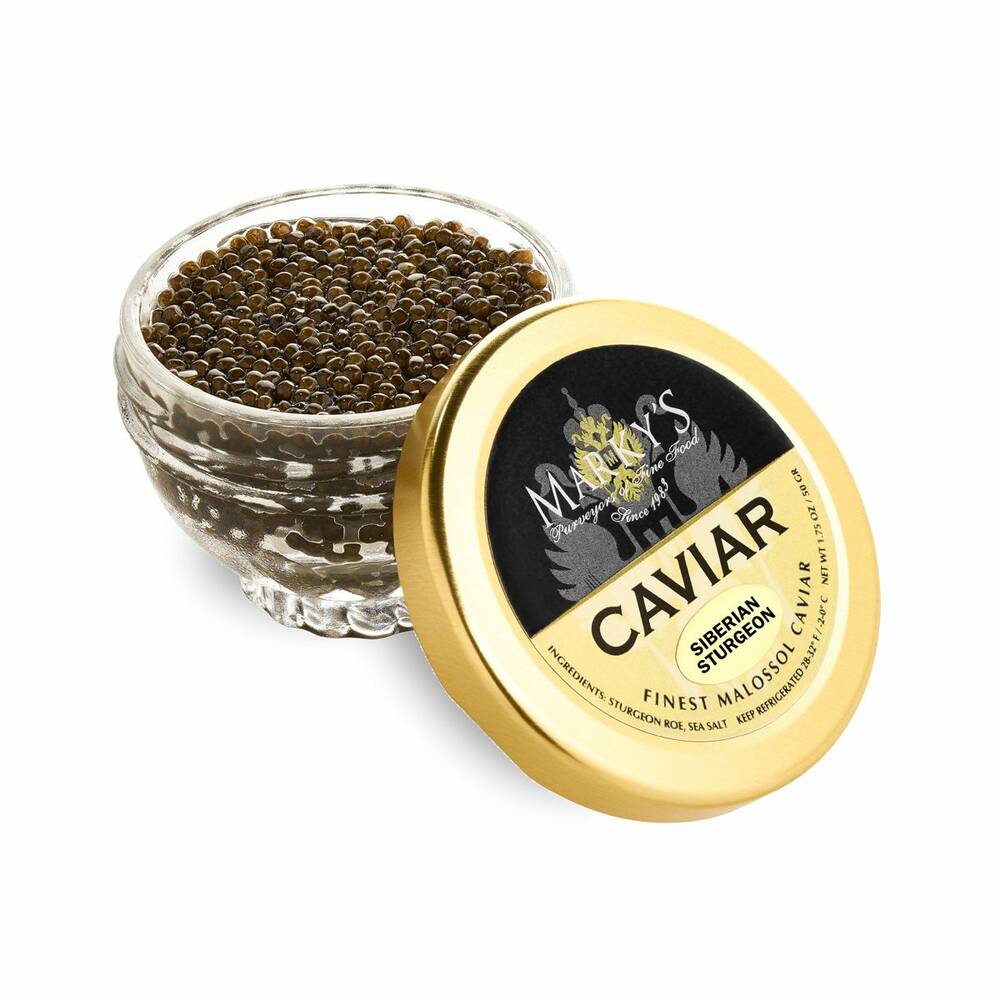#CaviarTok Is Trending, and Gen Z Is Obsessed
Category : Food Stories, Party Ideas, Recipes, Press Room |
Posted : Feb 5, 2023
Danielle Zaslavskaya could never have predicted that she'd be dubbed the "Queen of Caviar TikTok" only a year after she joined the app. "I downloaded it to find recipes and easy cooking hacks," she tells Town & Country.
But her crown was bestowed upon her in November 2022 when she shared a video of her "O.G." favorite snack: scoops of Siberian sturgeon caviar from her family's brand, Marky's, atop "fitness bread" (a.k.a. rye bread) with a bit of butter. "Omg, I wanna try caviar so bad! Where can you buy it?" read one comment. "What is a good brand to buy from?" read another. To Zaslavskaya's surprise, the 30-second post launched the now-trending hashtag, #caviartok.
To date, the clip (below) has amassed nearly 9 million views turning Zaslavskaya into a steward for the caviar curious, who now regularly shares videos explaining everything from how to open a tin to recommended food pairings like Doritos or cucumbers. "A lot of my audience will reach out to simply thank me for educating them on caviar, how to enjoy it, and informing them on health benefits," she says. And, it certainly doesn't hurt that her popularity doubles as savvy marketing for her family's business.
Now, typing "CaviarTok" in the platform's search engine transports users to a sort of digital roe university where creators are not only trying the delicacy out on camera, but also sharing which brands prevail over others, explaining why using a metal spoon is the worst tool to eat it with, and even detailing how the eggs are extracted from the fish. User @highspeeddining, a self-proclaimed "world's best eater" with nearly 1 million followers, recently did a taste test sampling five different caviars. Vidya Gopalan, who goes by @queencitytrends and has 1.7 million followers, posted a video of her trying caviar for the first time alongside her two children who appear to be no more than 10 years old. "This is so yummy!" her son said. "I'm getting another one!" Her caption reads: "When our snack expense for the month just went up."
"Caviar is either an unfamiliar food category or an intimidating one," Zaslavskaya says, reflecting on the trend. "Lots of people think of caviar and assume it’s extremely expensive, and have been taught to eat it just for special occasions. I’m trying to educate my followers, make caviar more universal, and show them that there are super affordable entry price points."
Traditionally, the caviar designation was limited to roe from wild sturgeon in the Caspian Sea and Black Sea but today it's used as an umbrella term for the fish eggs other species as well, including paddlefish, salmon, whitefish, trout, and more. Caviar's reputation has been associated with luxury since the 10th century when the snack appeared on the tables of aristocrats in noble Greek society. Today, tins of Ossetra and Beluga begin around $200 per ounce and can skyrocket upwards to even $800 per ounce due to the high demand and extensive breeding and harvesting. But a quick trip to Whole Foods and $70 bucks later (depending on store location) could also get you a tin, albeit, at a lower grade.
"I think Gen Z is curious as to why it's so expensive," Sophia Hu, a creator who goes by @Sophiaxwhatever on TikTok, tells T&C. The fin-tech professional often shares videos of her opulent travels around the world and the fine dining experiences that come with them. One of her most popular videos is one where she shows the "right way" to enjoy caviar, a post which received nearly 50,000 likes. "I first tried caviar when I was in undergrad. I thought it was okay, but was like 'Why is this so expensive?!' Perhaps, Gen Z-ers on TikTok are trying to figure out the same thing."

















